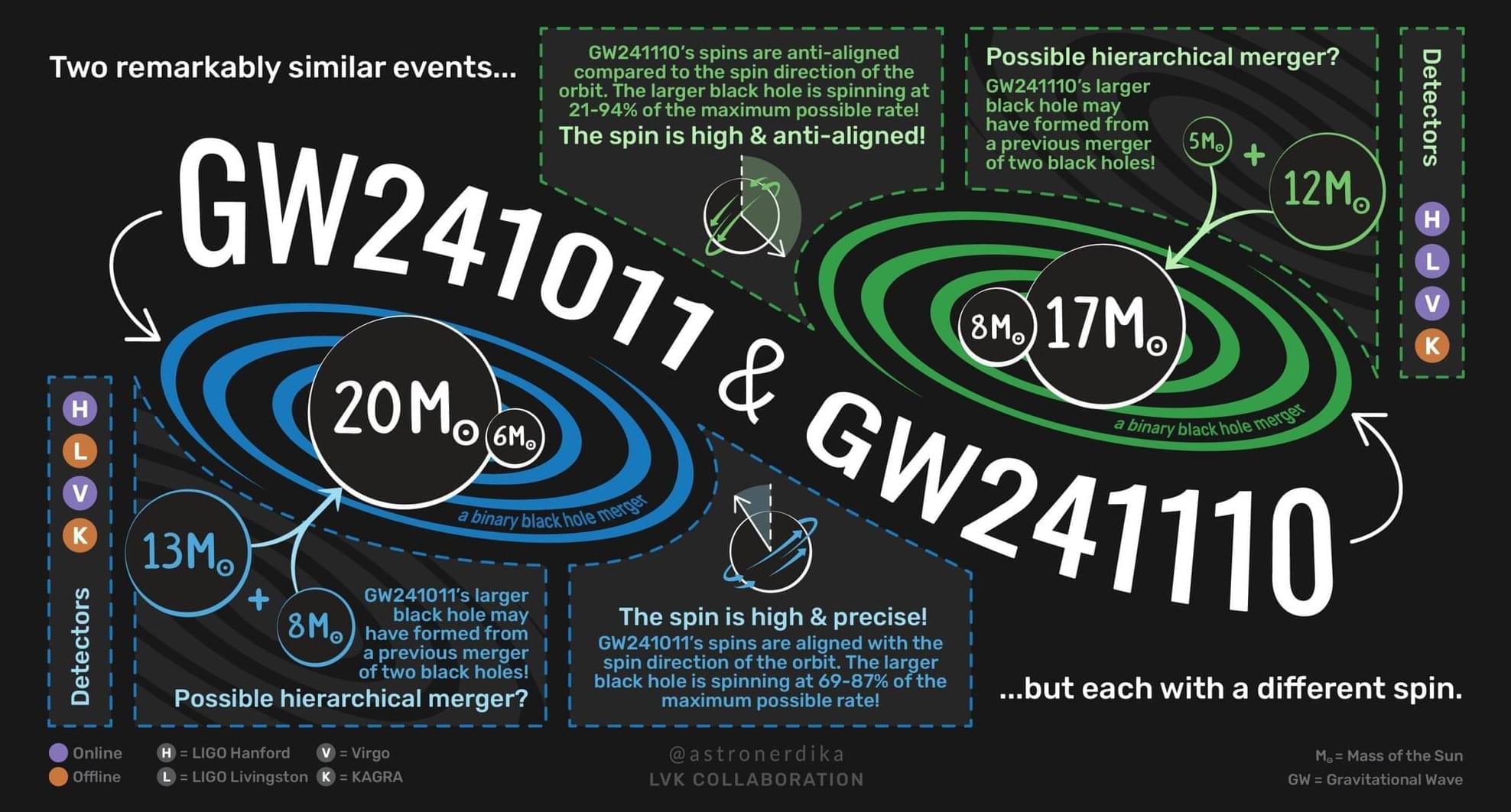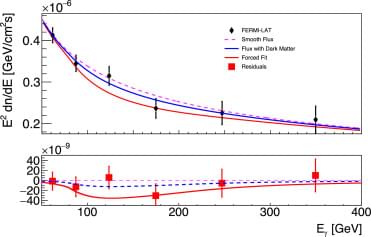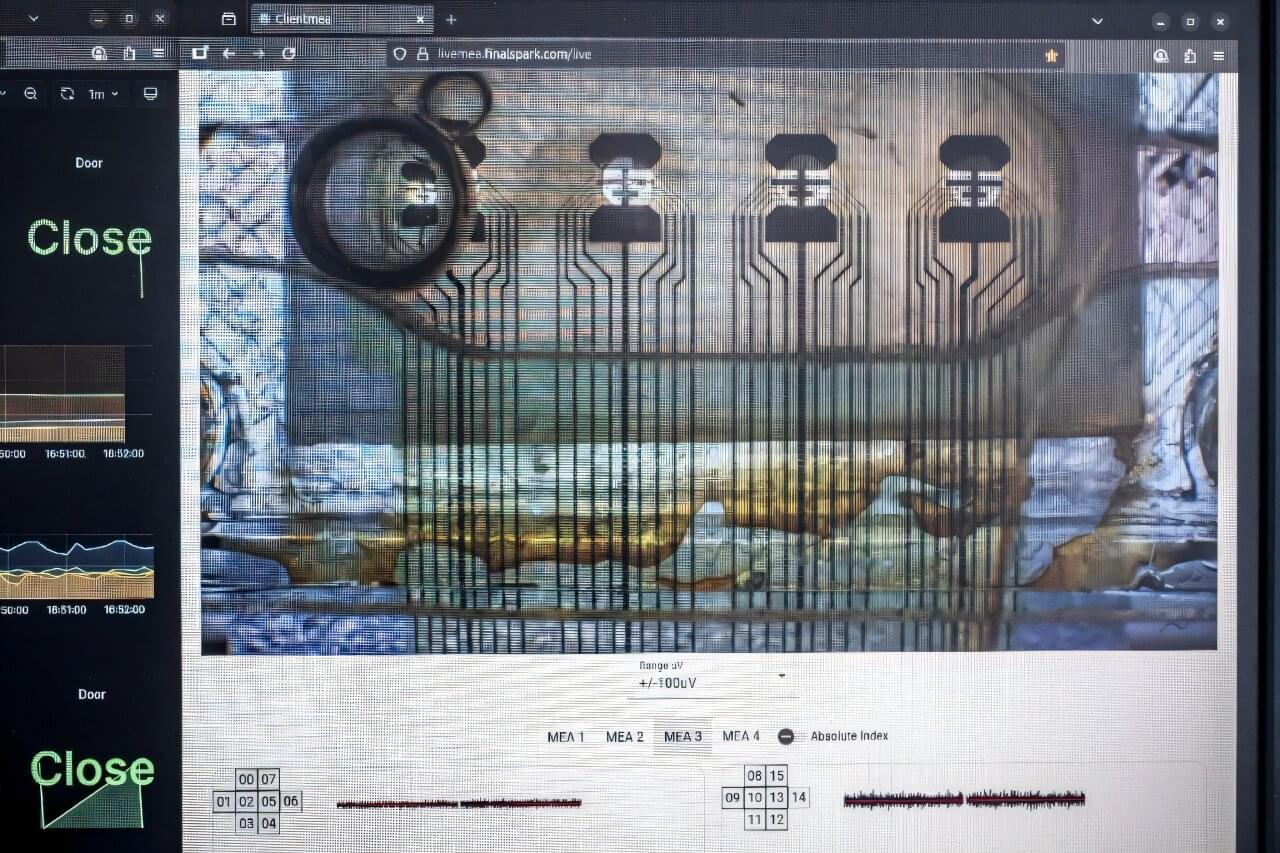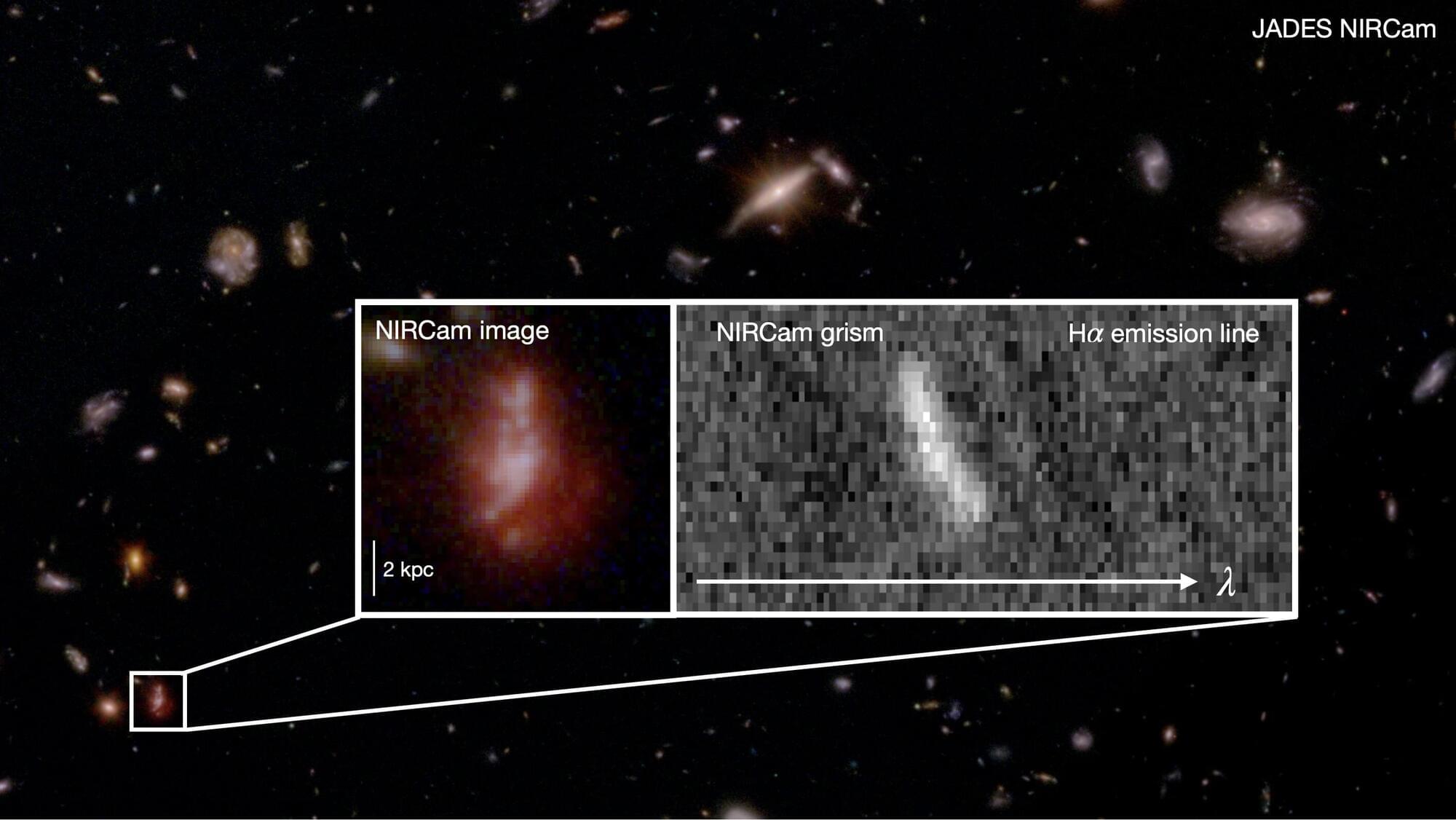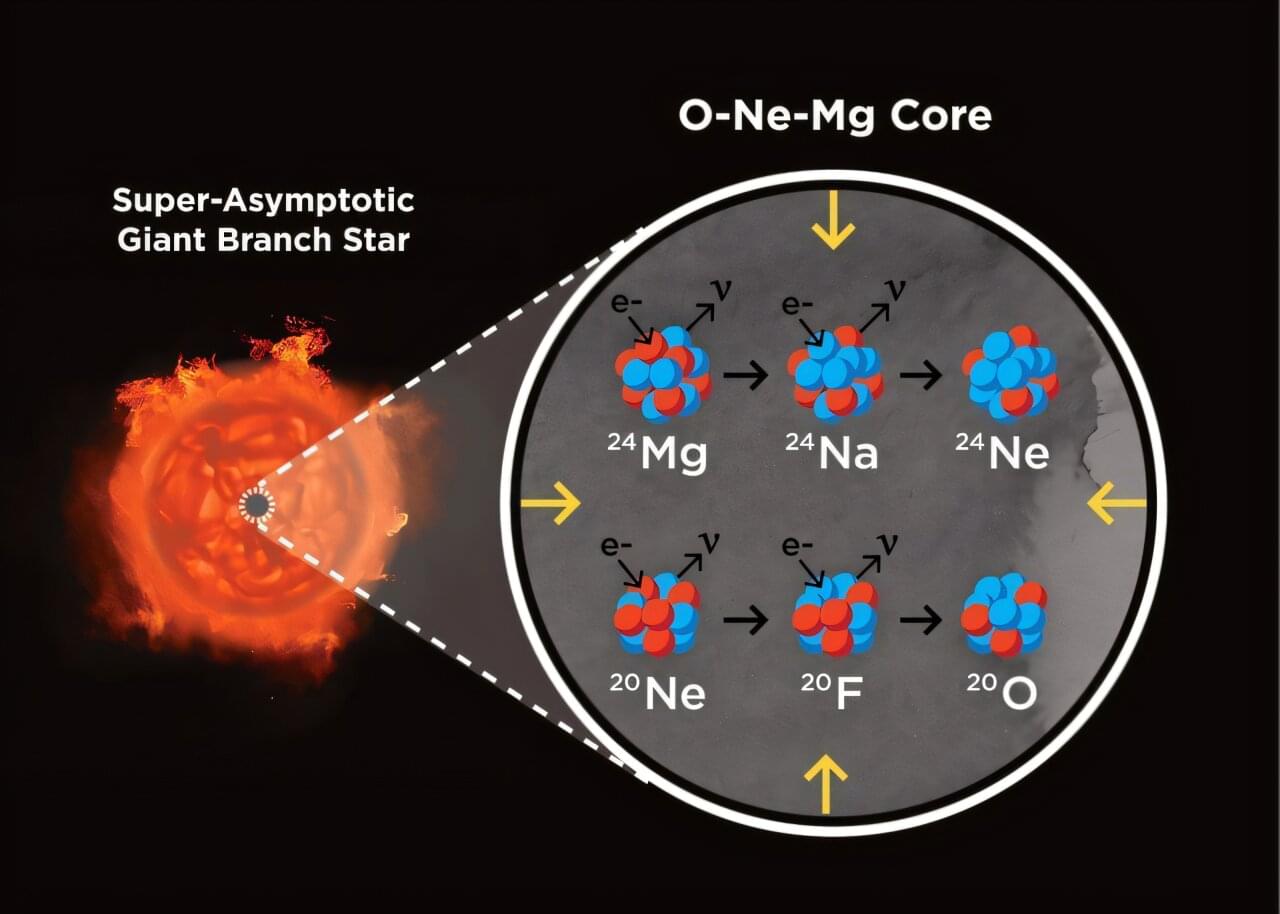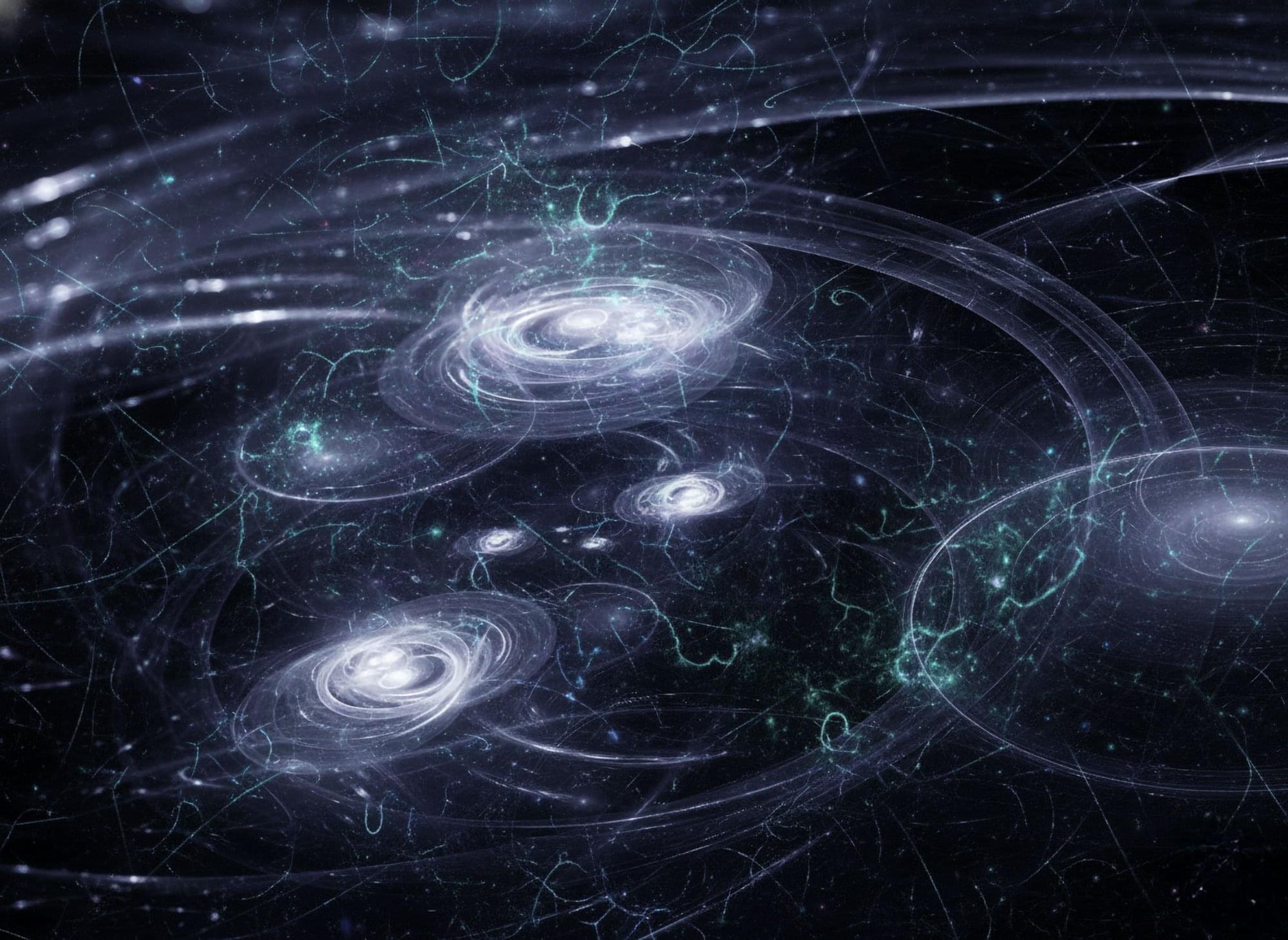A powerful new telescope has captured its first glimpse of the cosmos, and could transform our understanding of how stars, galaxies and black holes evolve.
The 4MOST (4-meter Multi-Object Spectroscopic Telescope), mounted on the European Southern Observatory’s VISTA telescope in Chile, achieved its ‘first light’ on 18 October 2025: a milestone marking the start of its scientific mission.
Unlike a typical telescope that takes pictures of the sky, 4MOST records spectra—the detailed colors of light from celestial objects —revealing their temperature, motion and chemical makeup. Using 2,436 optical fibers, each thinner than a human hair, the telescope can study thousands of stars and galaxies at once, splitting their light into 18,000 distinct color components.

